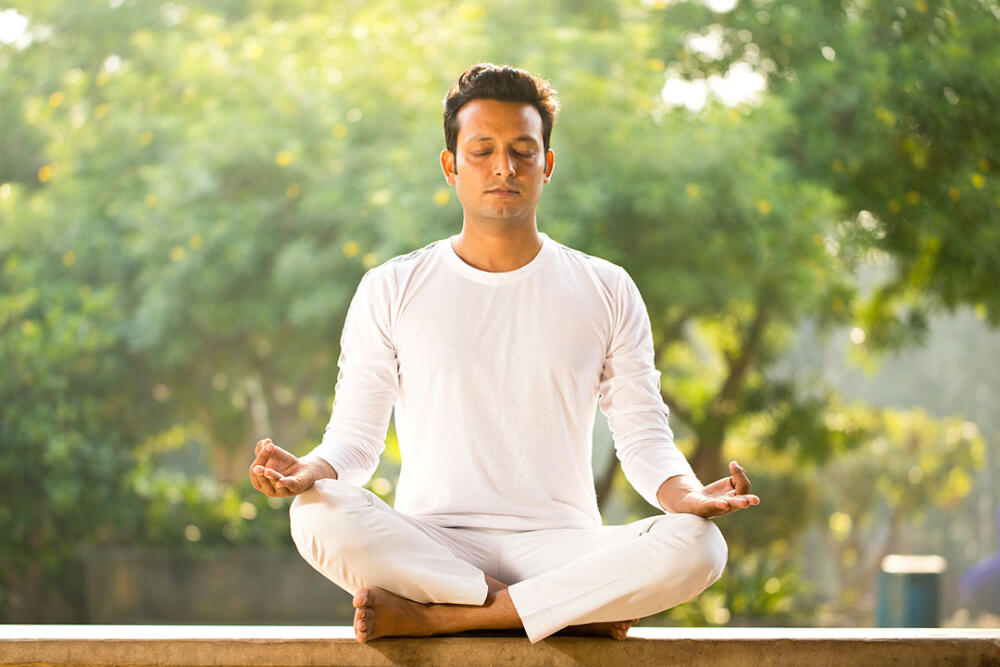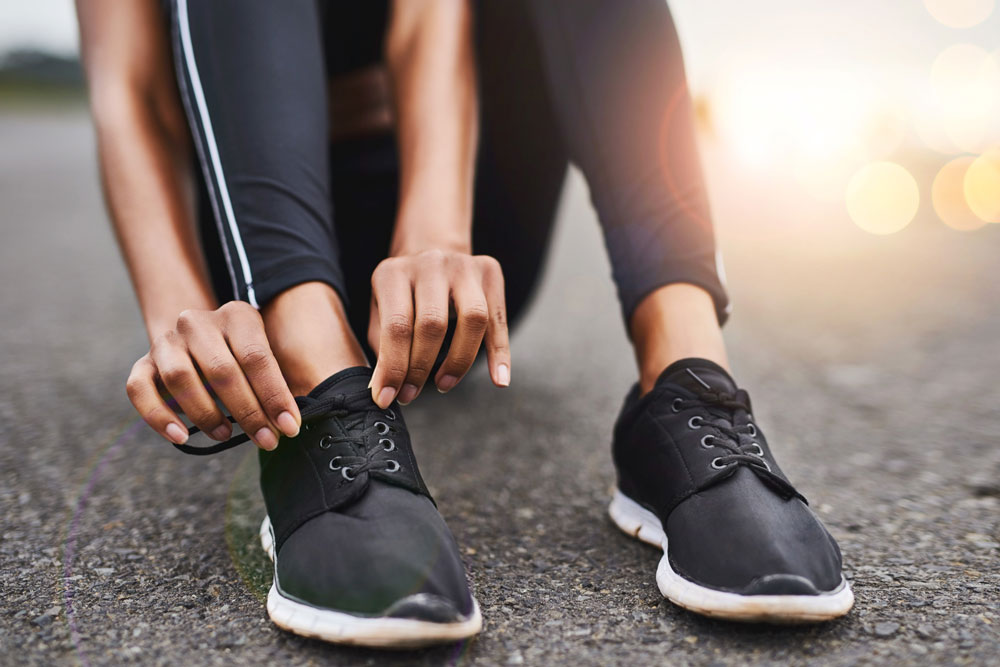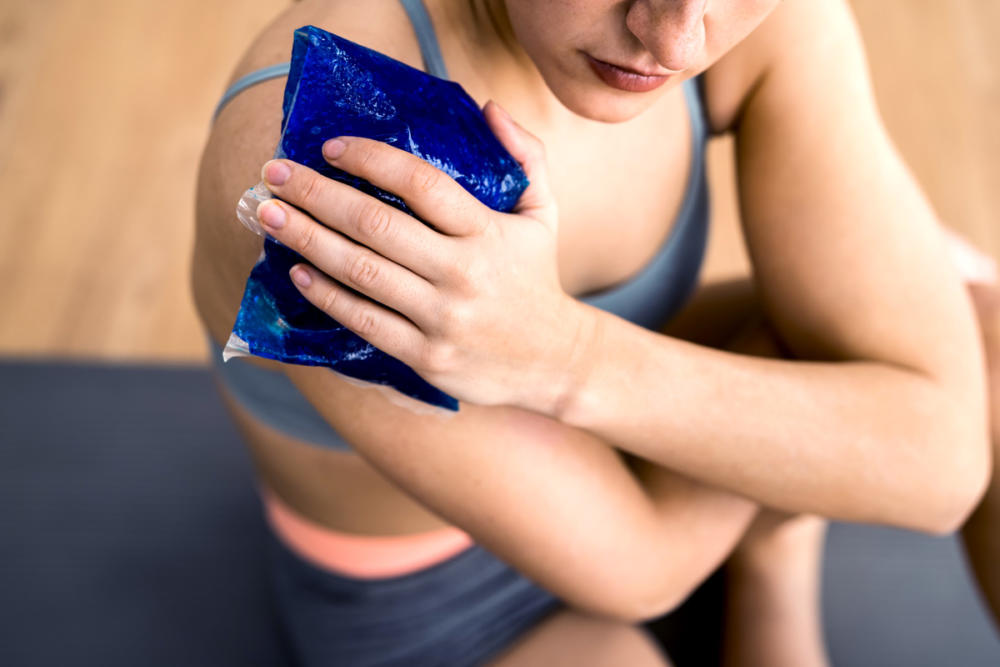by Robert Henert, PT, DPT | Foothills South Gilbert
Changing your breathing is a seemingly simple task that can affect your entire body and quality of life. Do you know anyone who suffers from stress, anxiety disorders, depression, low back pain, GERD, migraines, sleep disorders, or low energy levels? If so, you could suggest a simple, free exercise right under their nose— breathing! It’s easy, requires no equipment, and can help center your mind to work more efficiently. Whether in an office cubicle or on a field playing a sport, taking a moment to breathe will improve your mental and physical health. Different cultures worldwide have done breathwork for centuries to change their nervous system and physiology. Nowadays, most of us take breathing for granted, but various issues such as postural habits have skewed how we breathe, specifically how we use our diaphragms.
Physical Therapy and Diaphgraphical Breathing
Although humans appear 
The Role of Breathing on Stress
Breathing exercises can also have a significant influence on stress. Stress is a primary or contributing cause to most illnesses, and a person may benefit greatly from learning to relax. Stressors are different worldwide and will never go away completely, but it is up to each individual to manage those particular to their lives to limit damage to the body. Breathing can accelerate healing because breathing is the only function we perform voluntarily and involuntarily through different nervous systems and muscles. Our voluntary (parasympathetic) nervous system can change the rhythm of our breath and correct our posture to allow breathing to be more automatic. Correcting our breathing patterns restores a more relaxed and efficient autonomic (involuntary) breathing pattern.
Try Breathing Techniques Before Drugs or Surgery
Imbalances in our postural alignment can contribute to over-activity of the sympathetic nervous system and under-activity of the parasympathetic nervous system. This can lead to high blood pressure, digestive dysfunction, joint pain, and musculoskeletal pain. Rather than using pharmacological interventions, we should alter our posture and re-establish a rhythmic, diaphragmatic breathing pattern to address the root of the problem. This might take more time, but it will result in better outcomes. For example, it can avoid unnecessary toxicity or pain, drugs, or surgery. Meditation and yoga work with breathing but maybe miss underlying postural deviation that a physical therapist can address.
Our Foothills Sports Medicine and Physical Therapy locations provide healthcare services to address a myriad of afflictions. We believe in providing individualized, hands-on therapy for optimal health. Schedule a FREE assessment with one of our expert clinicians today!
Resources
Below are websites Robert Henert recommends for more information





